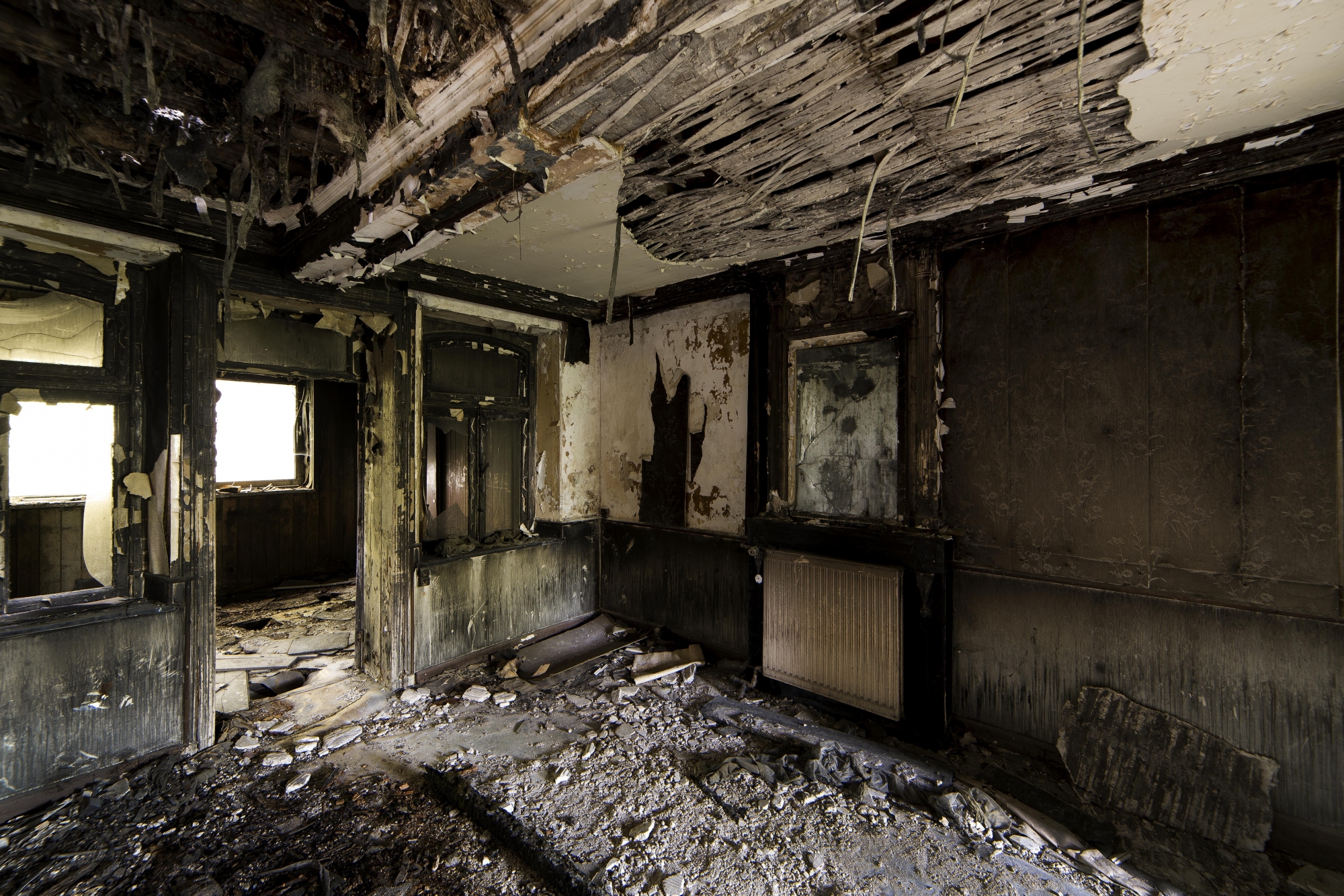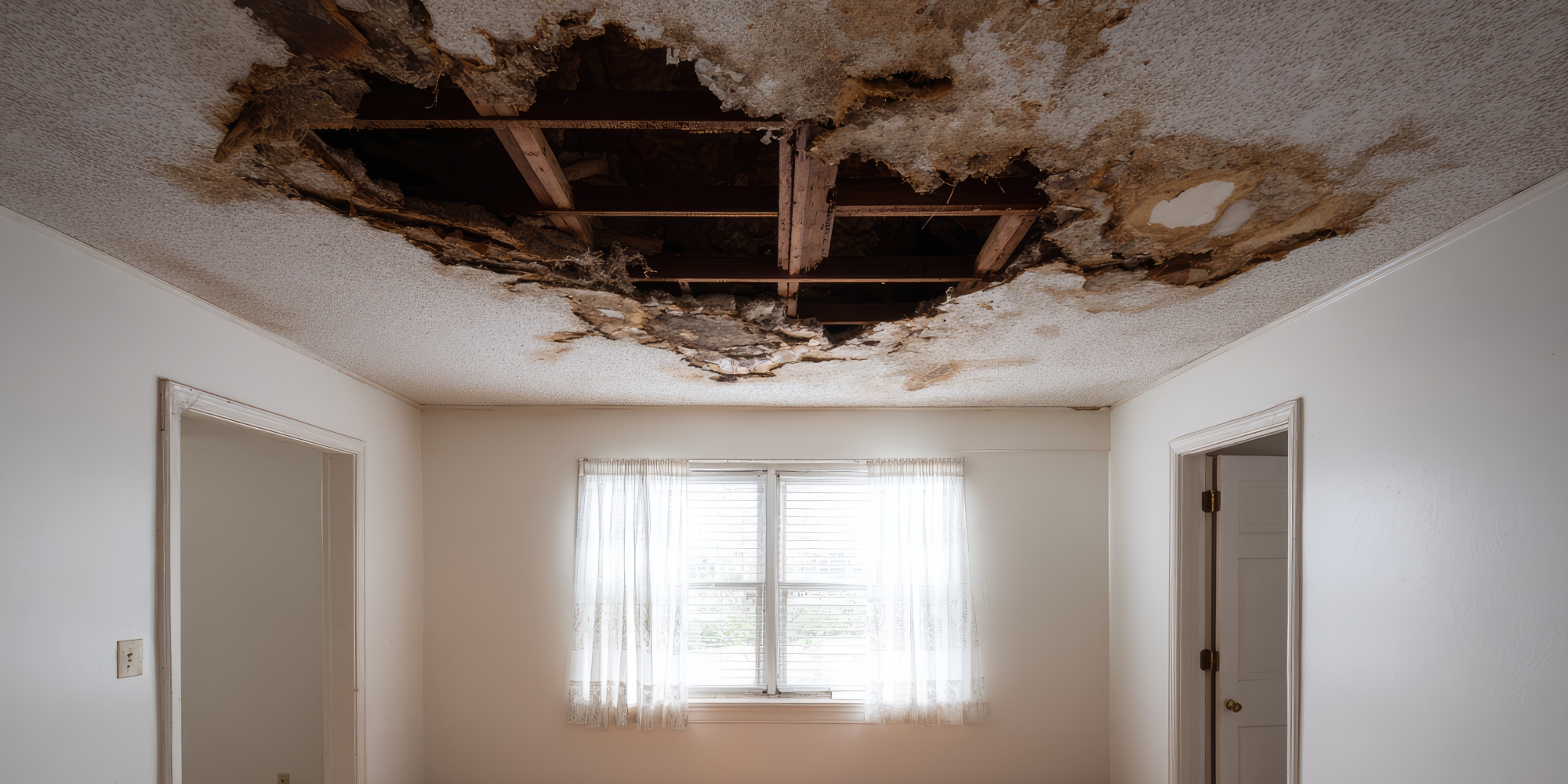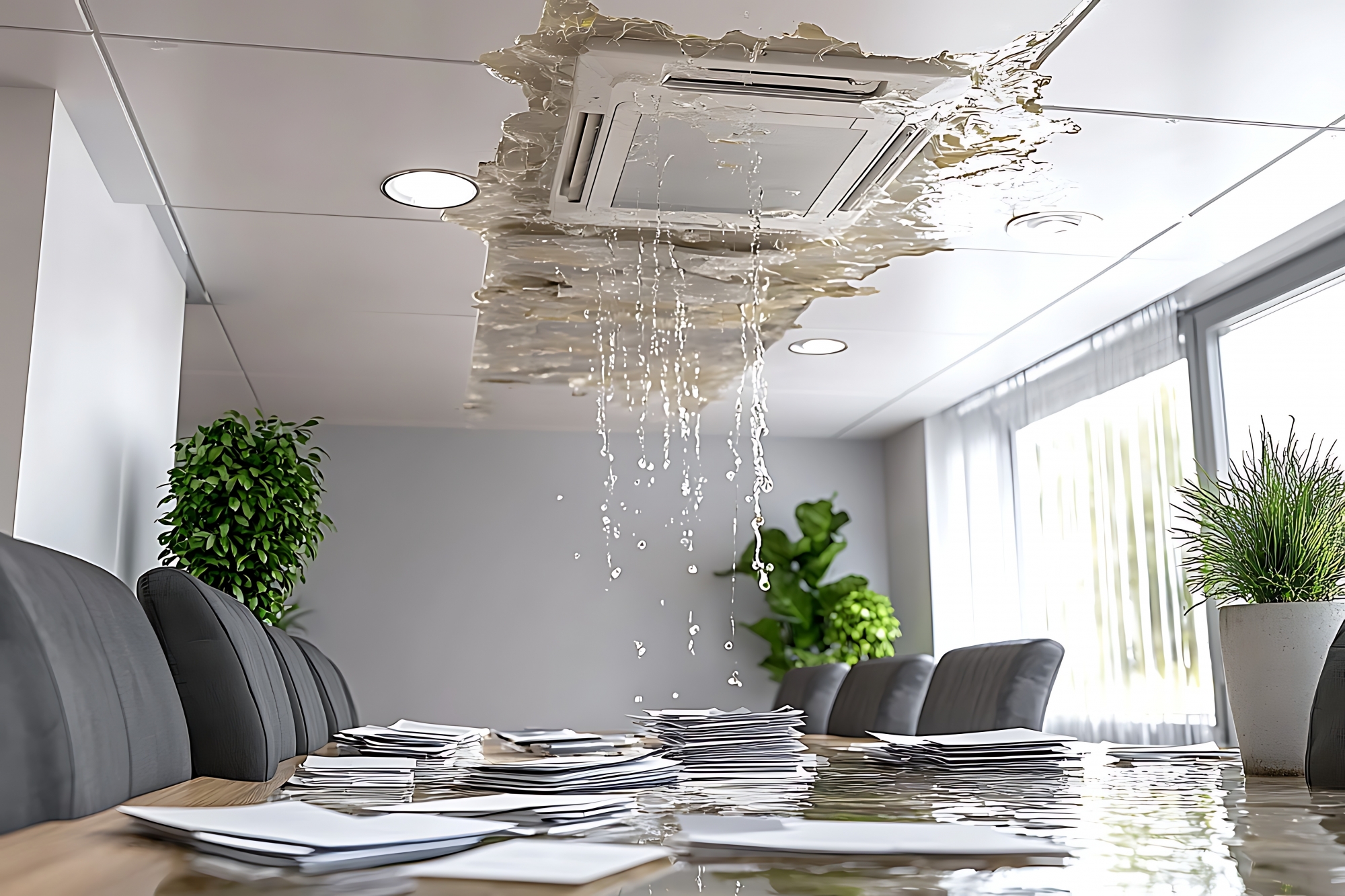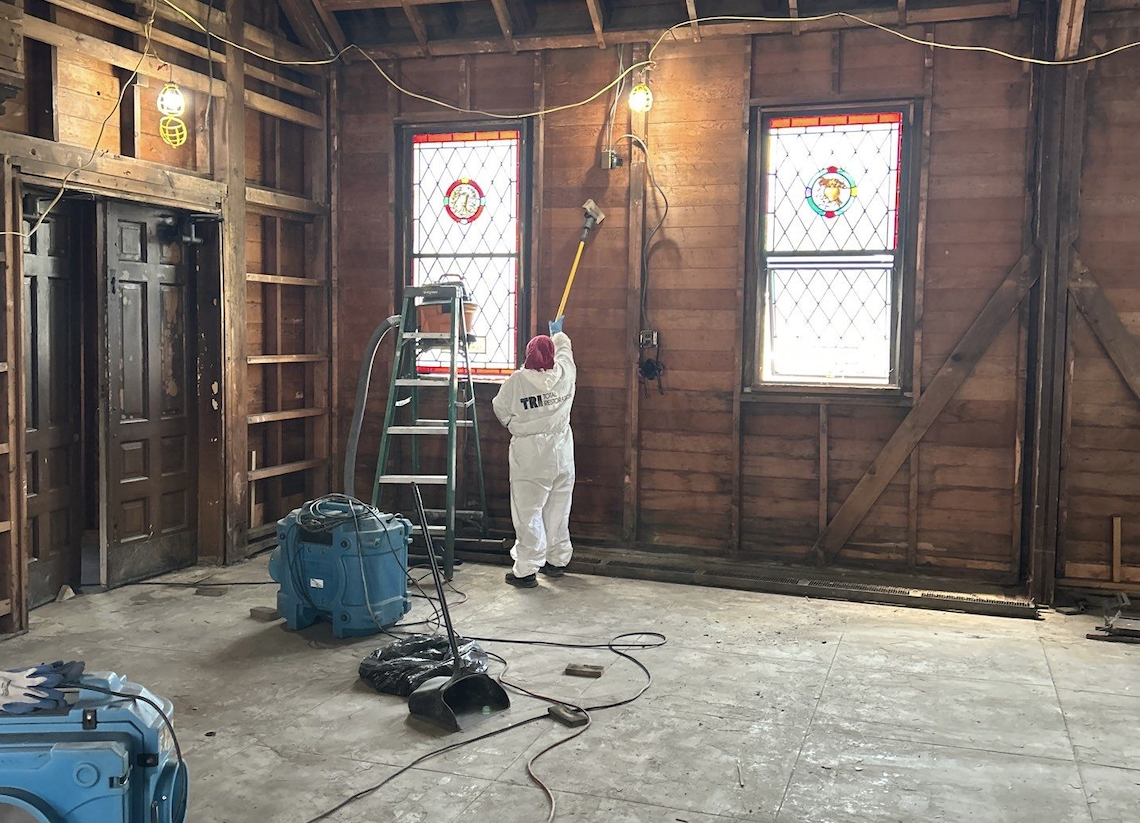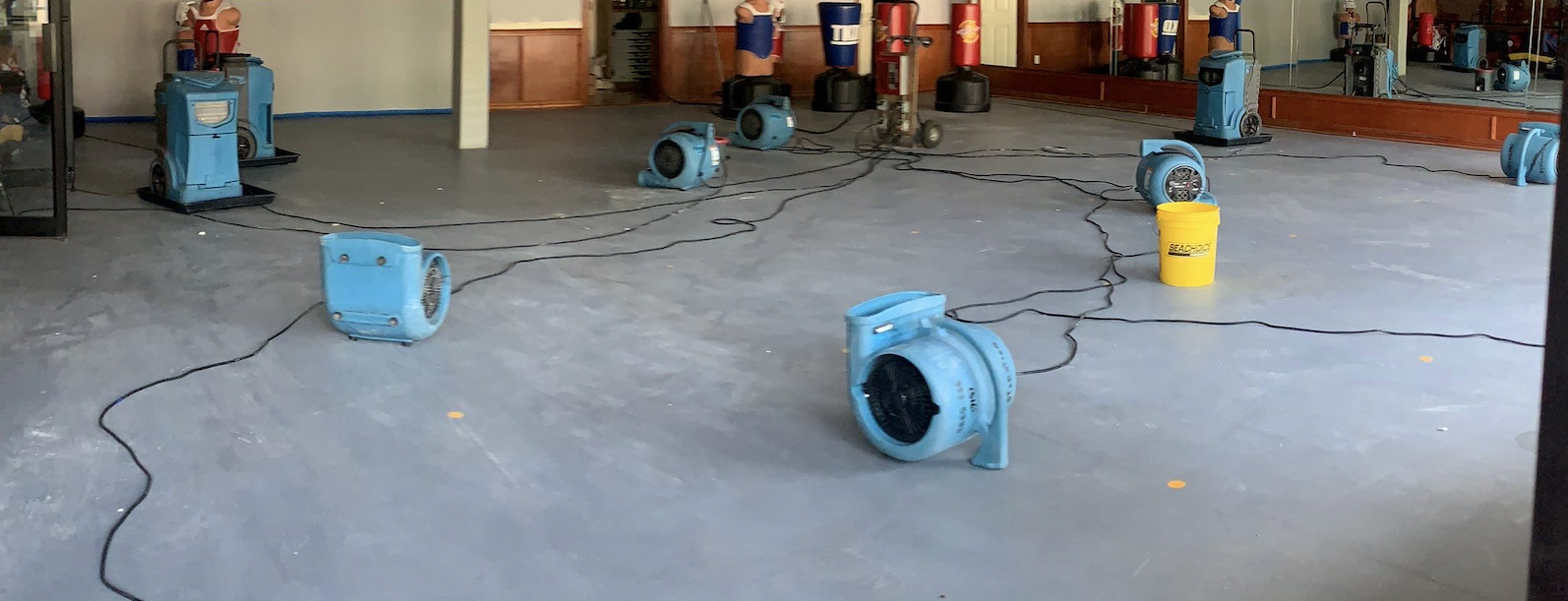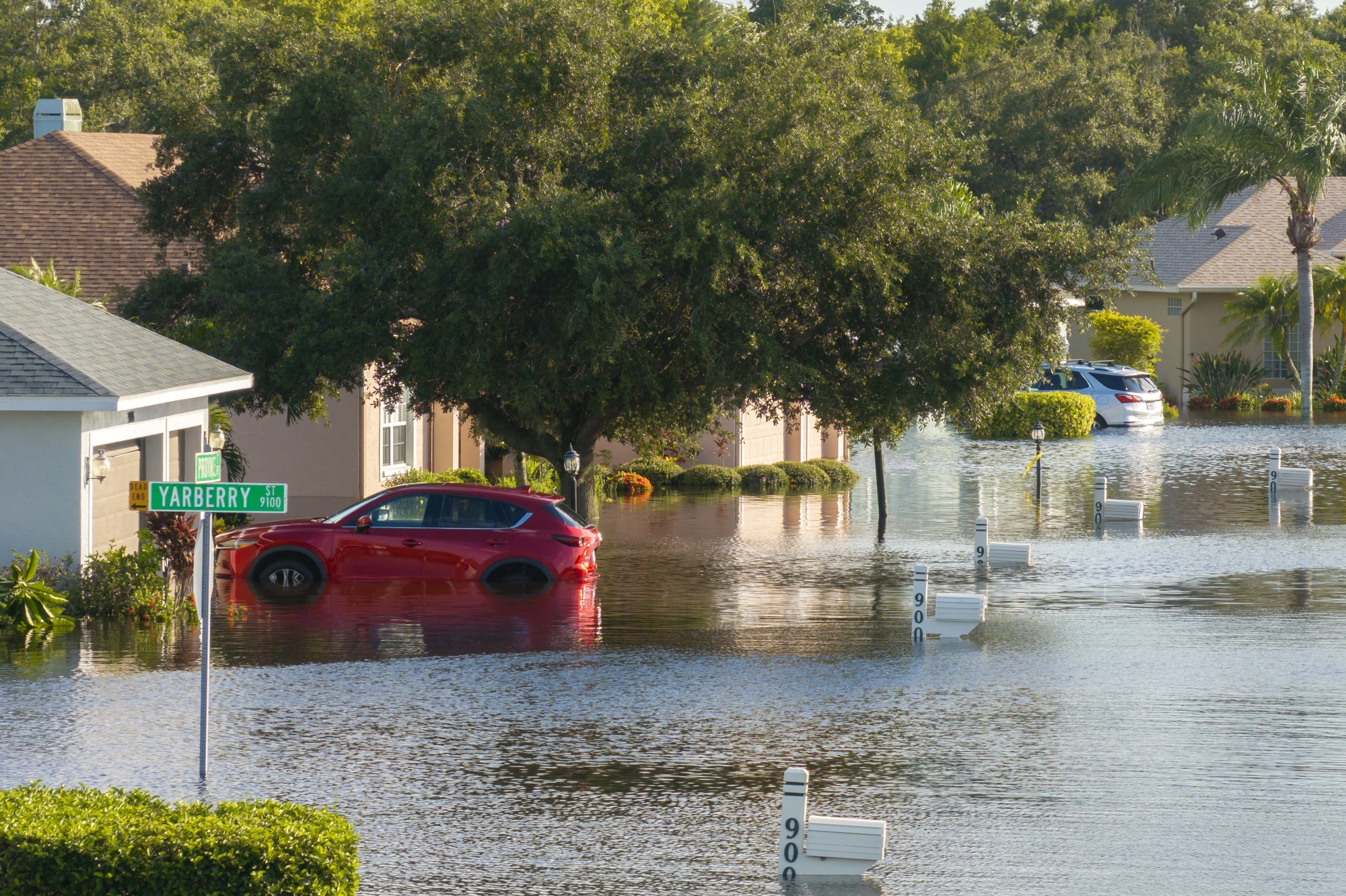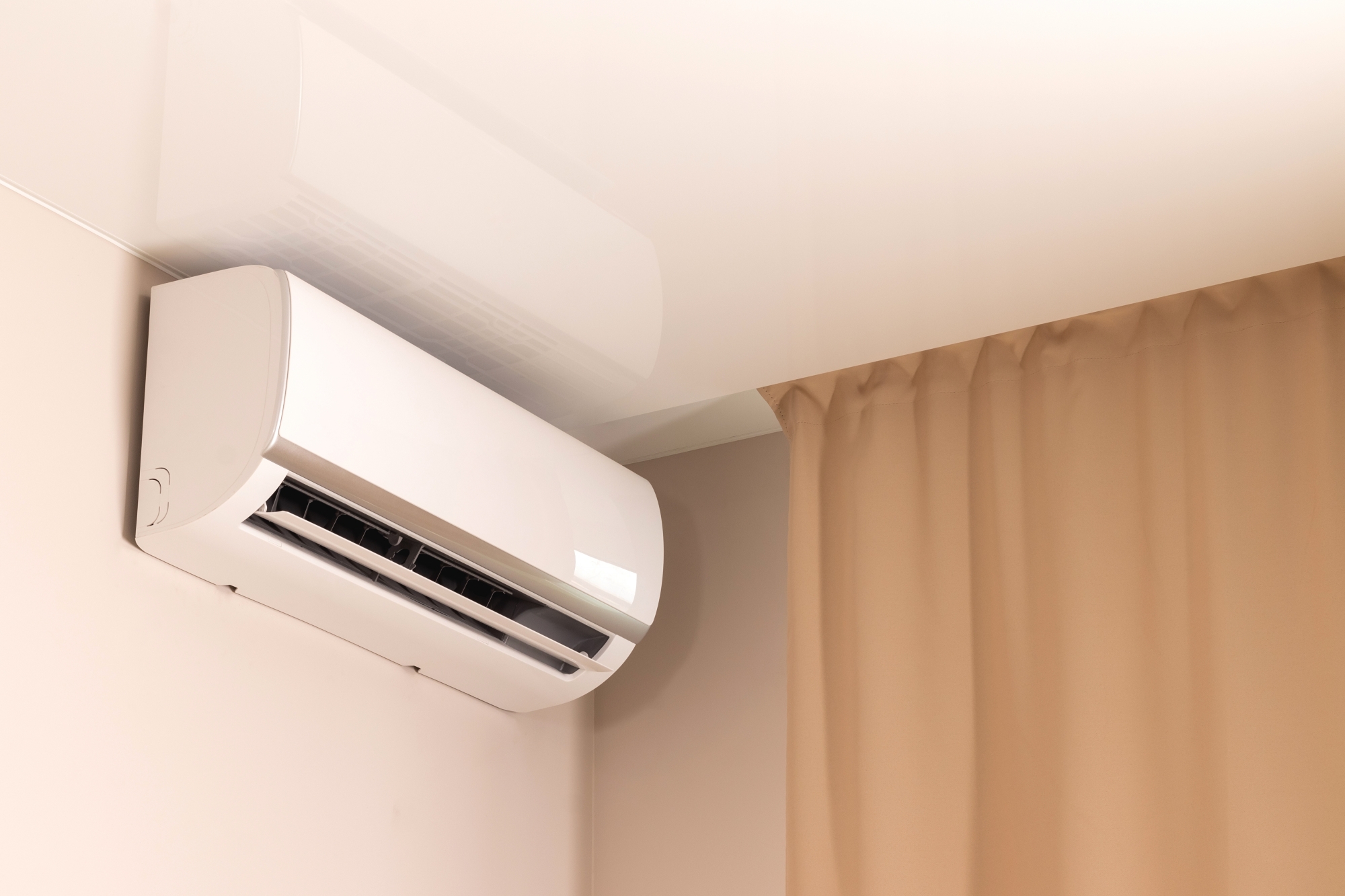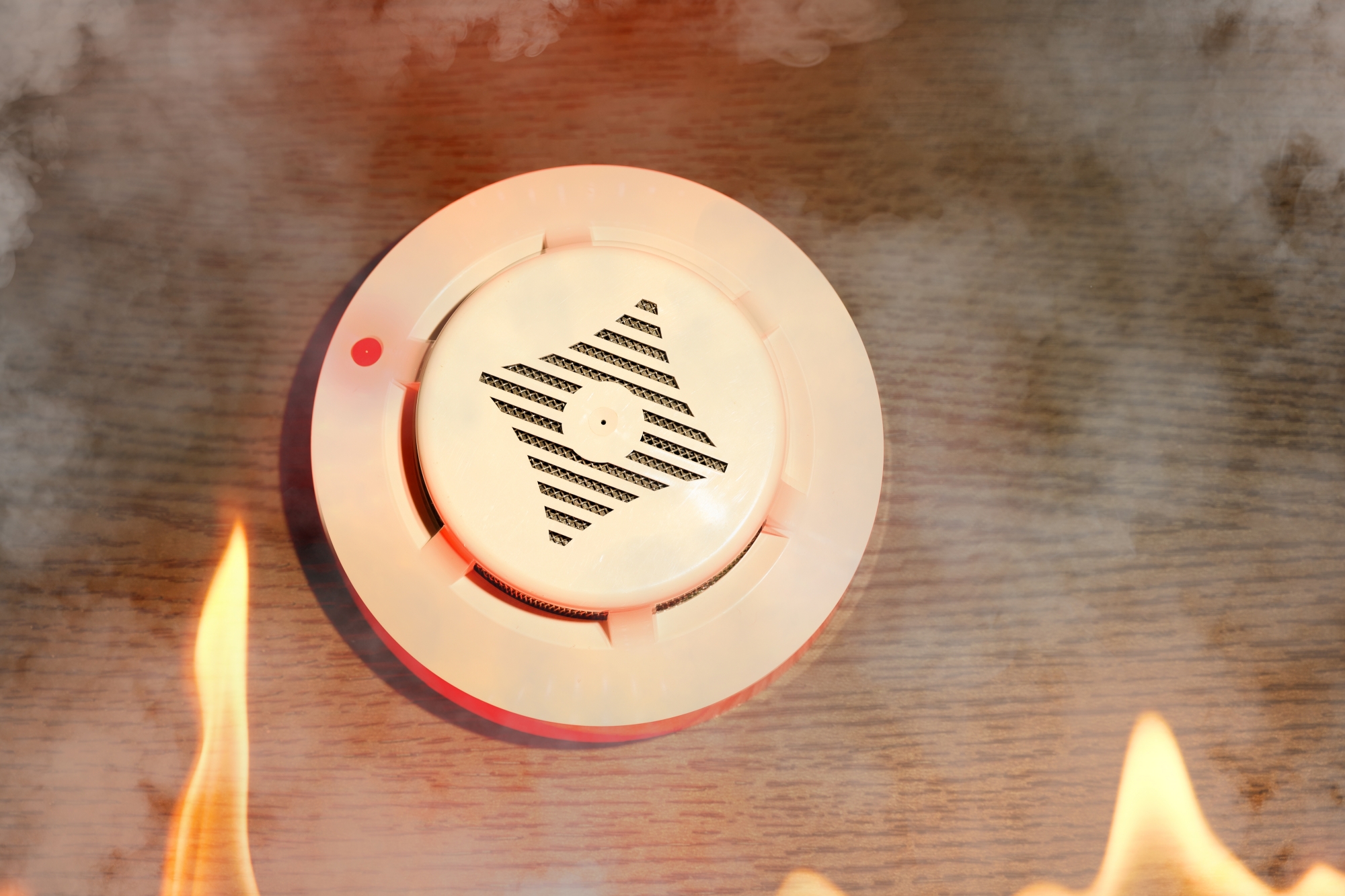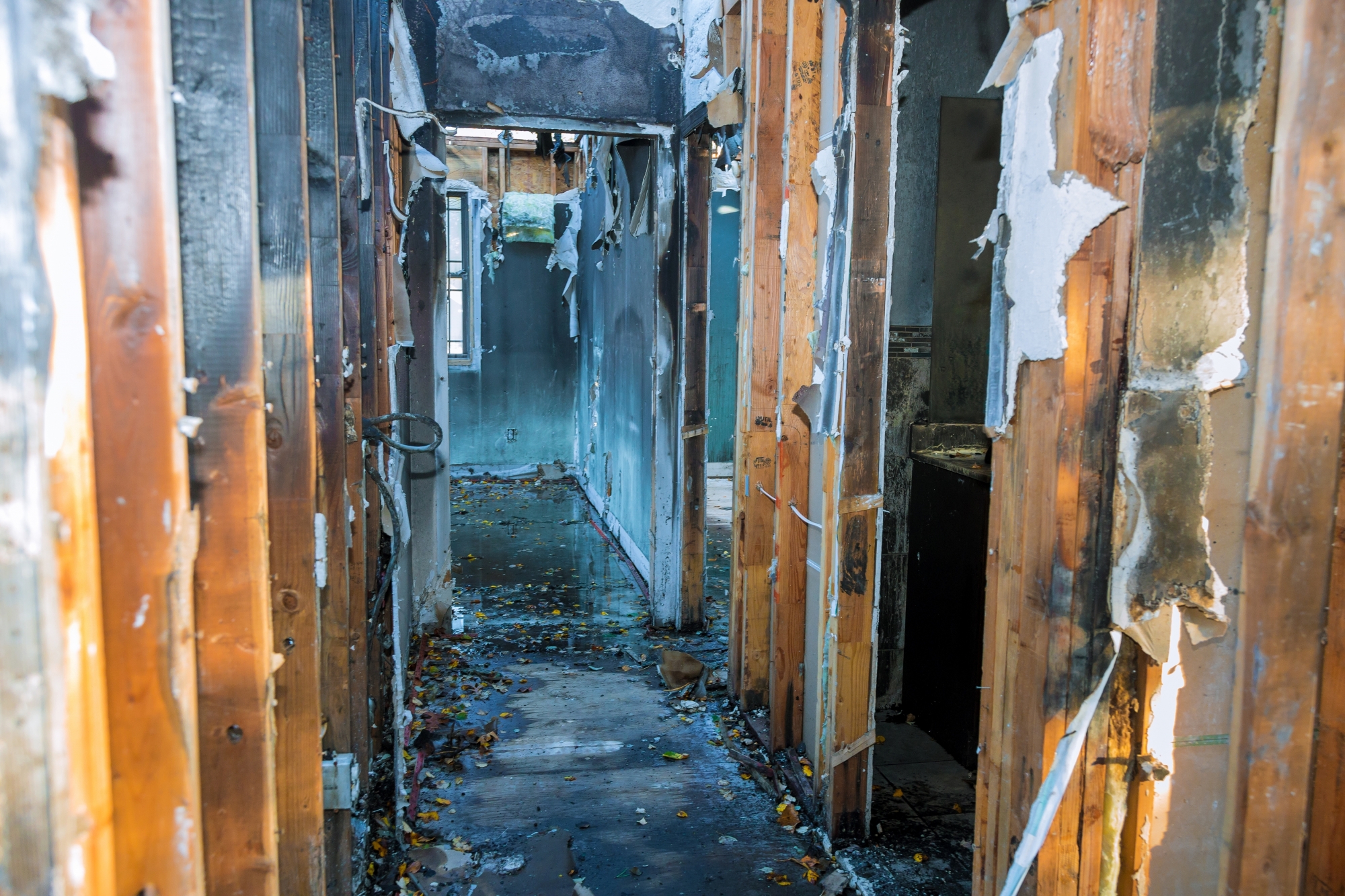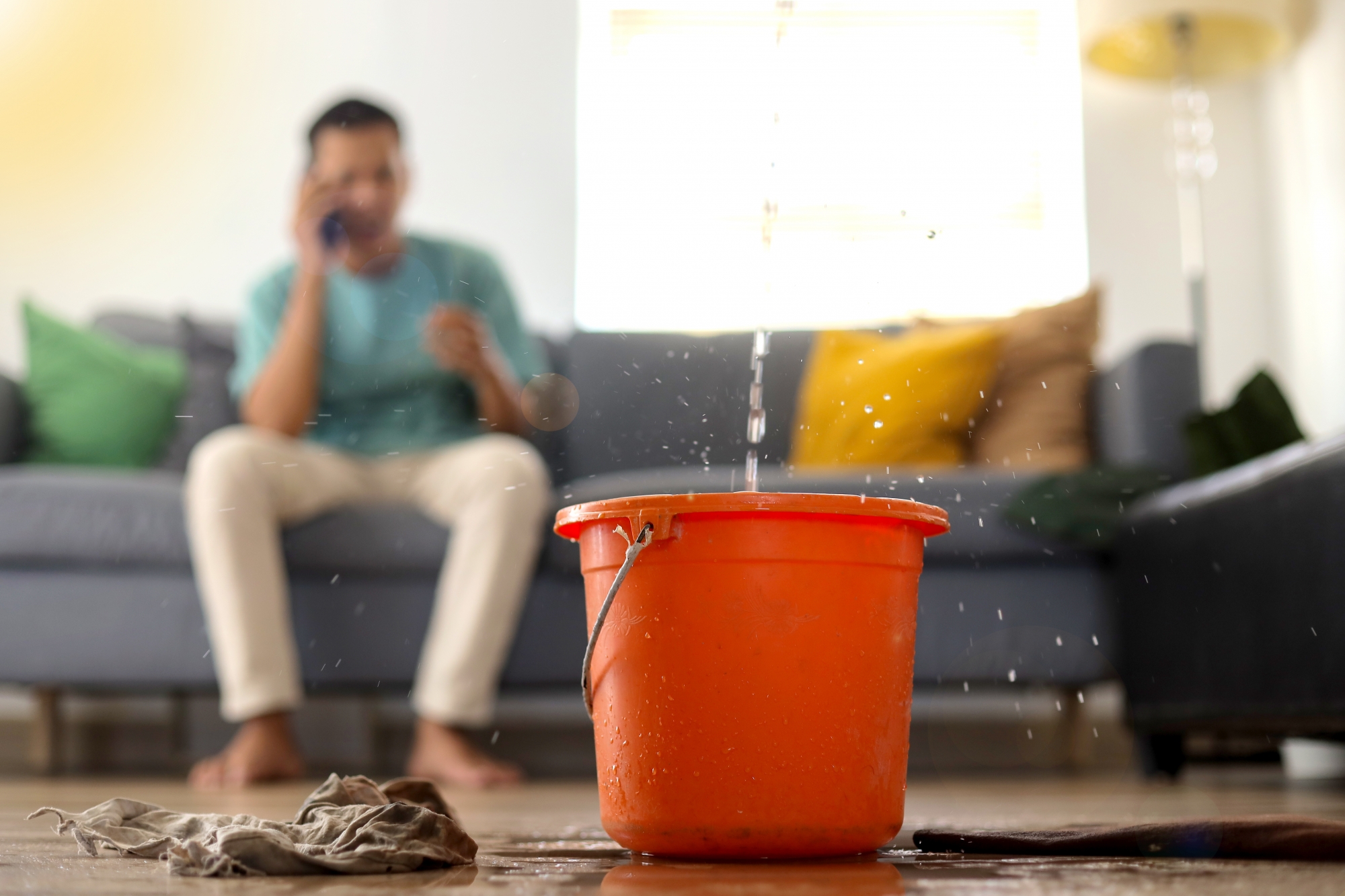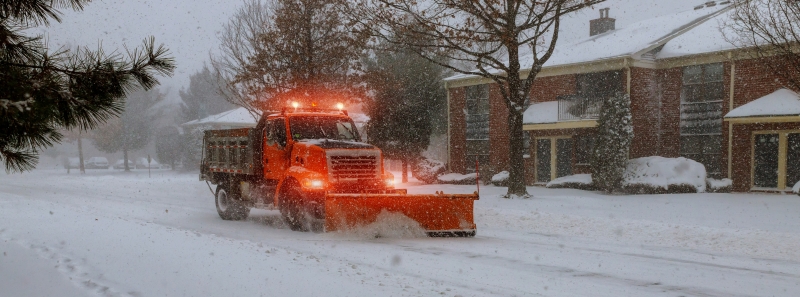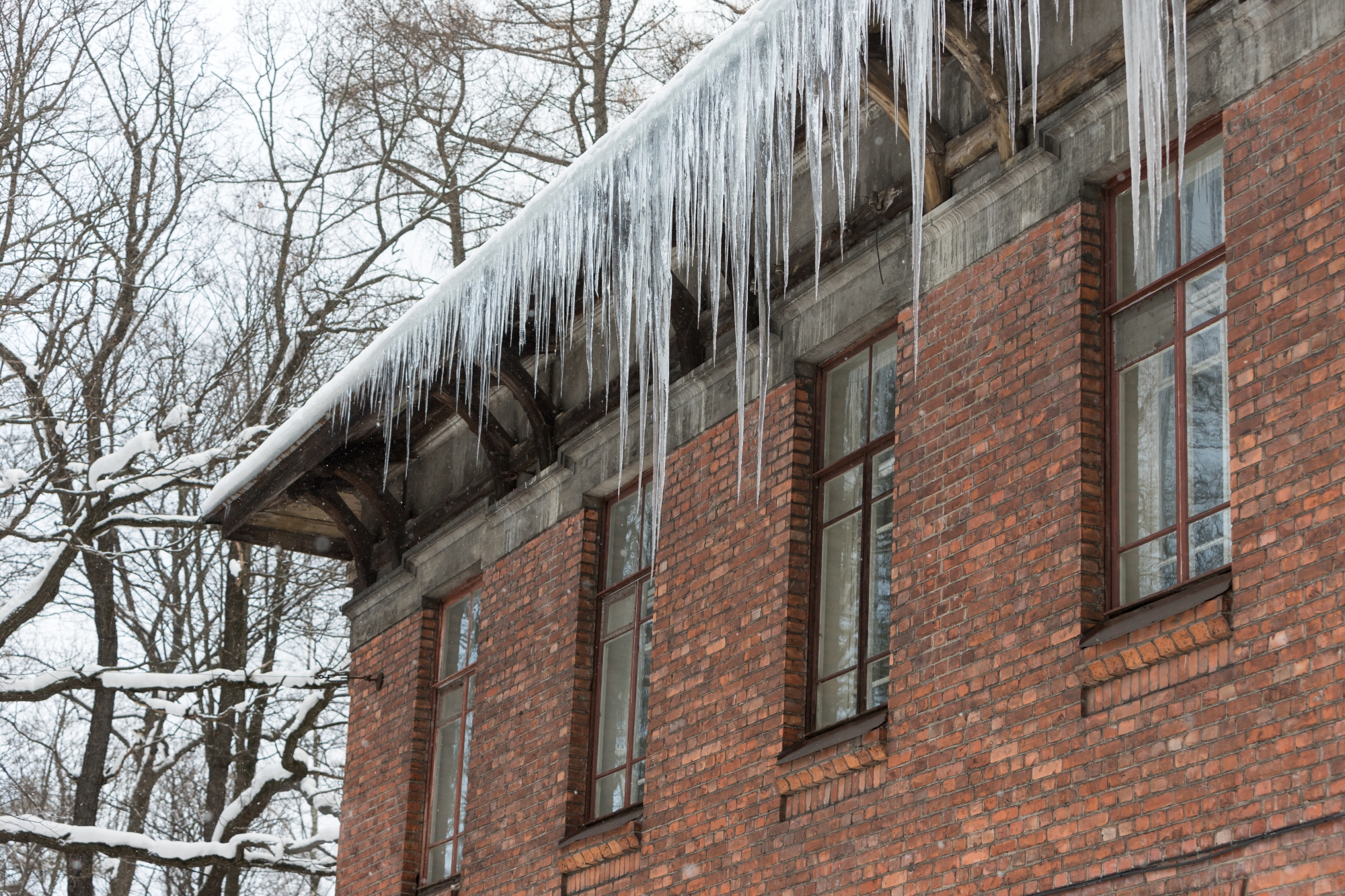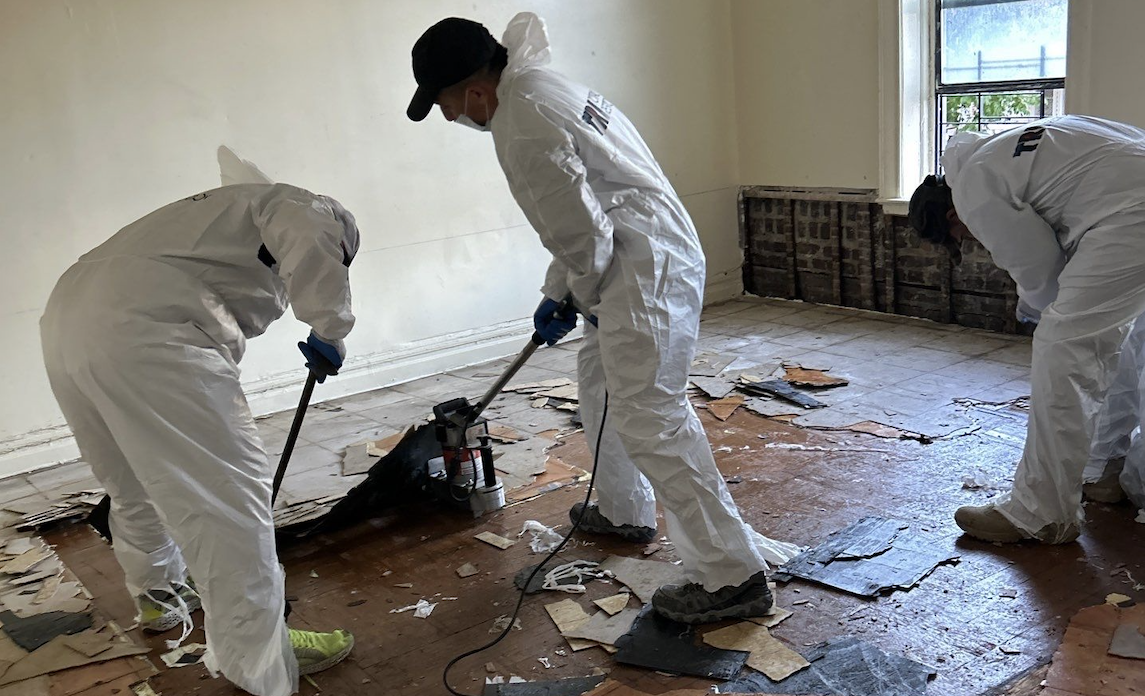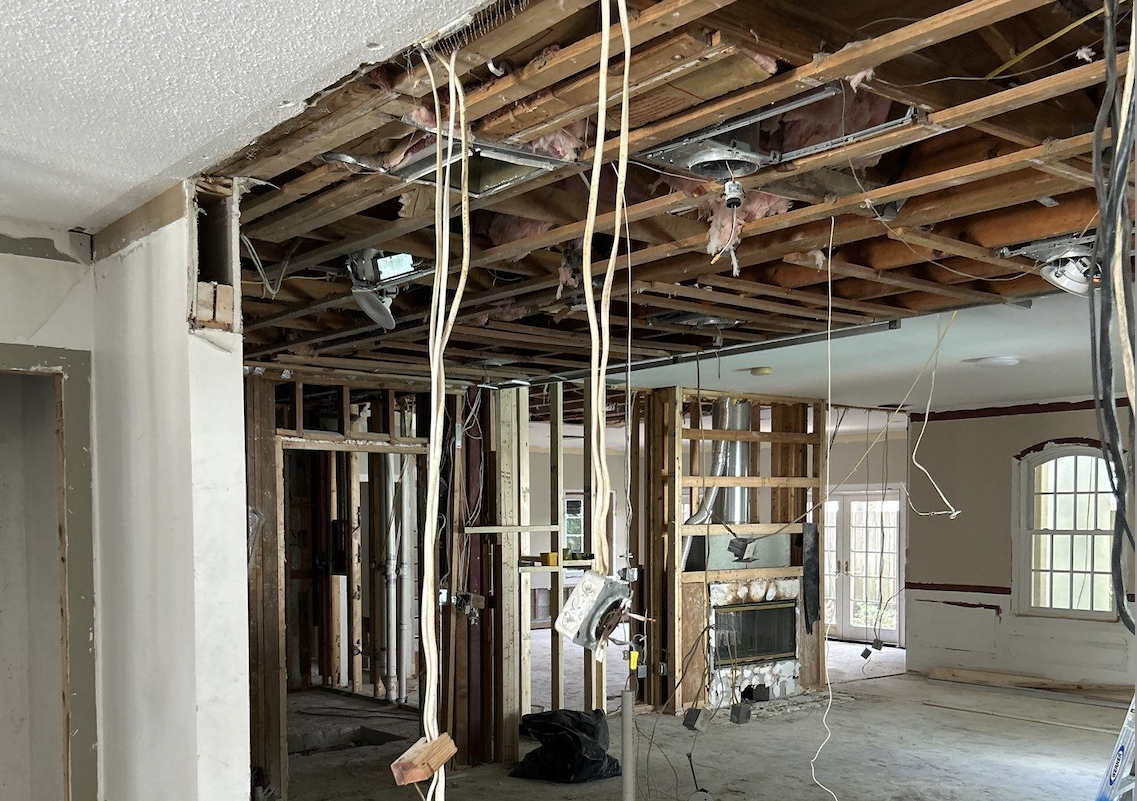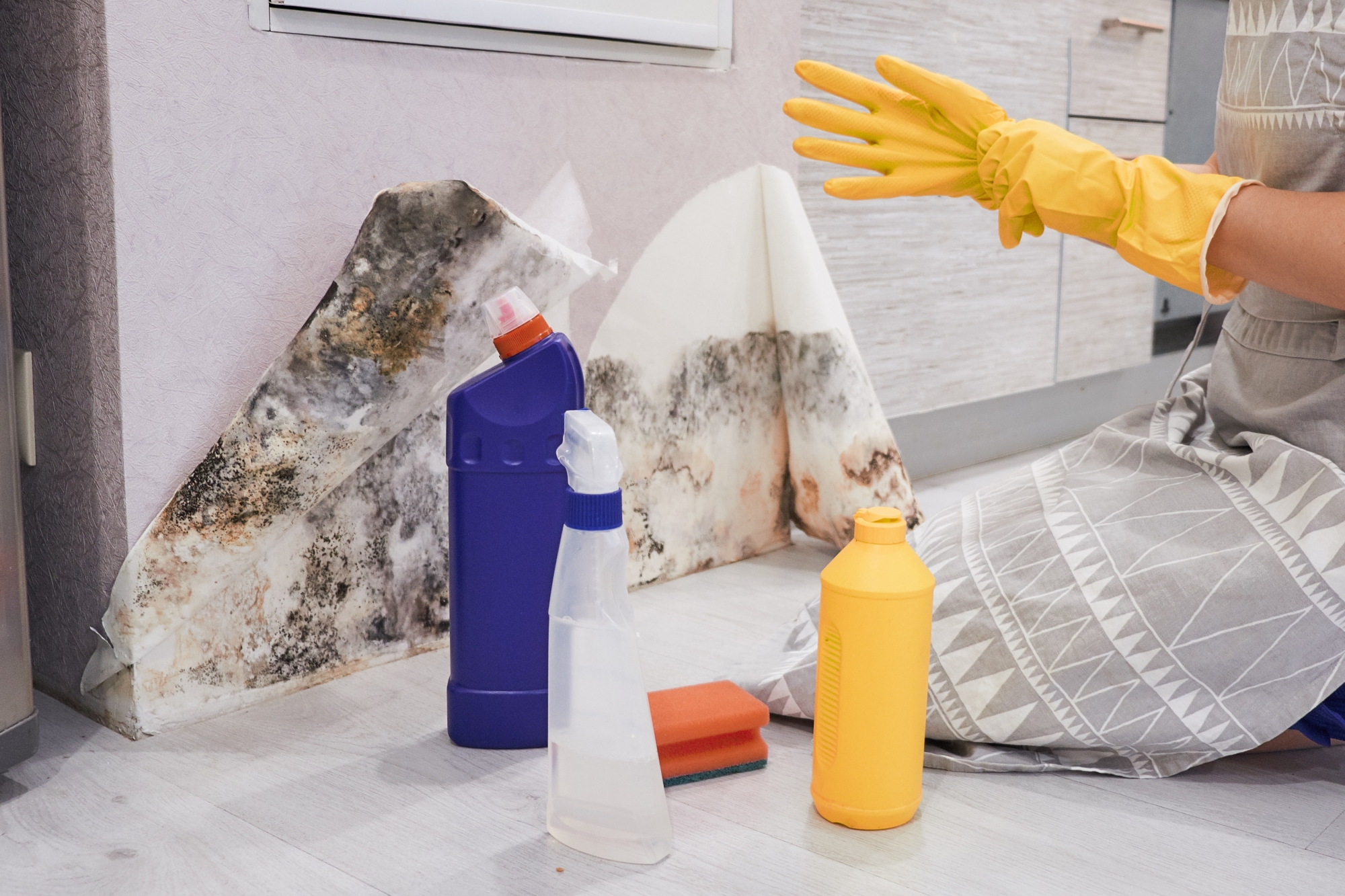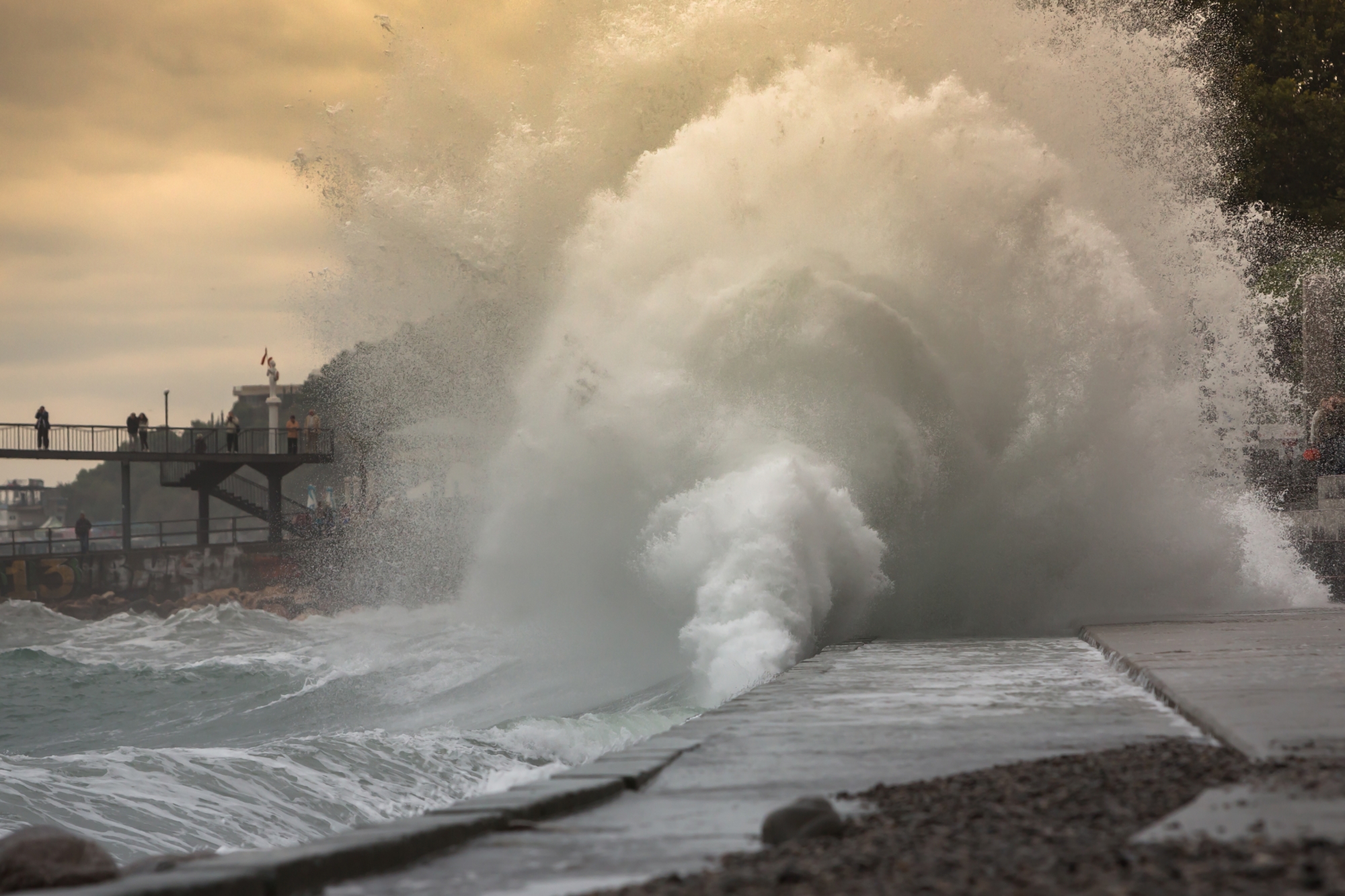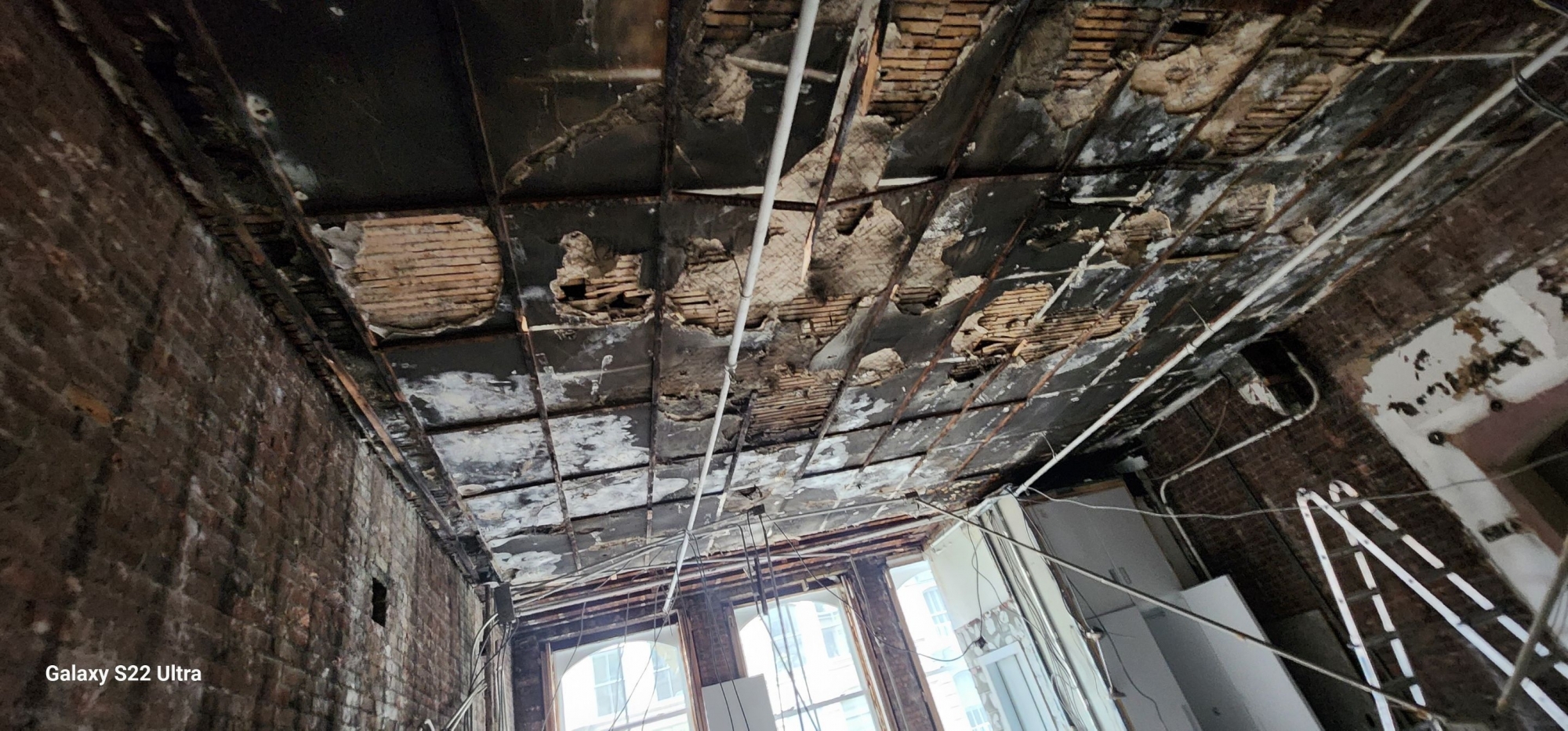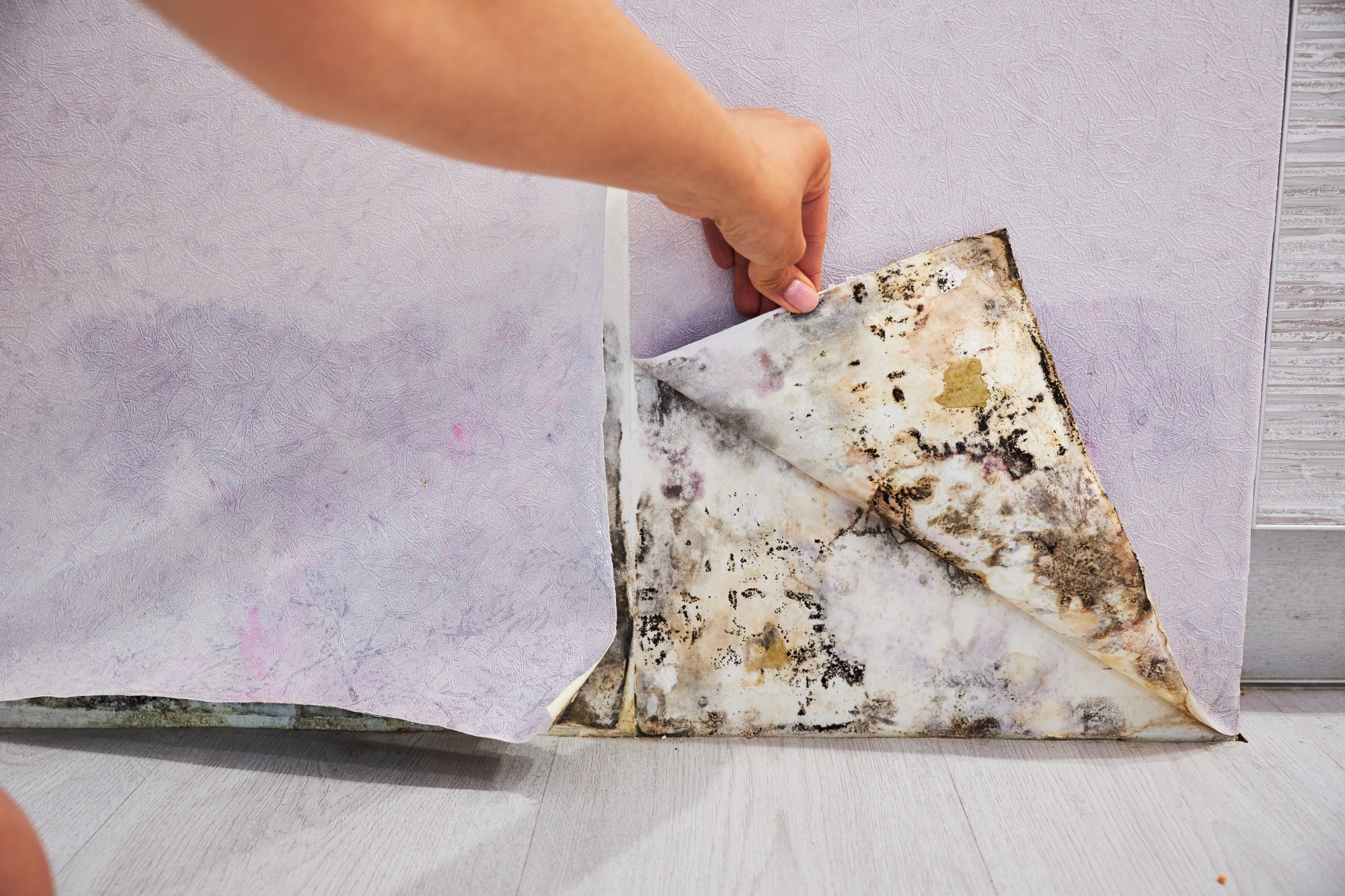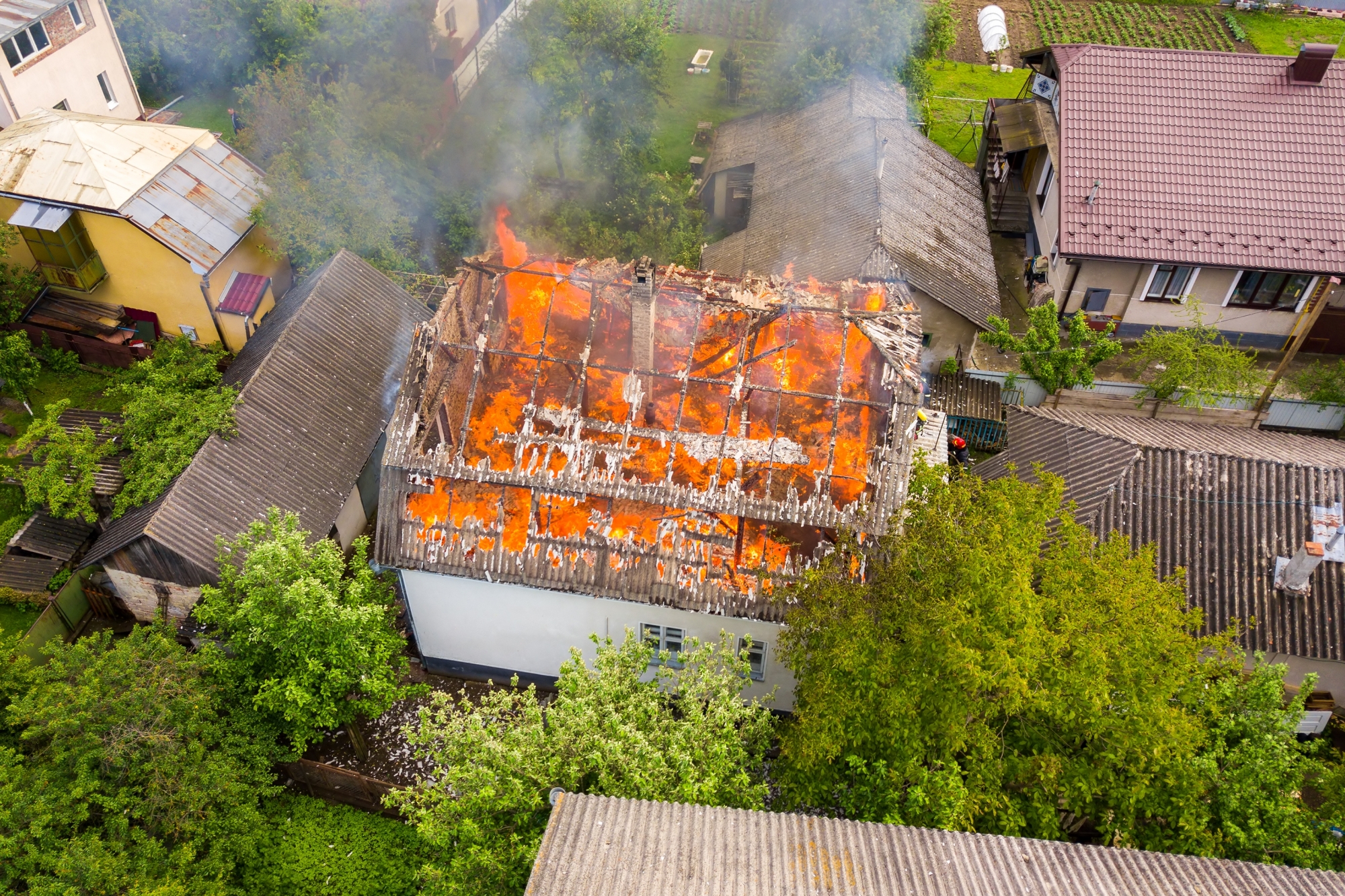Fire damage is not an easy thing to deal with, but the damage is easily seen so it can be repaired. Unfortunately, there can be unseen damage to your home and its structure from smoke caused by the fire. Smoke always comes along with lingering soot. These insidious threats can linger well after you clean up or restore any burned items. This is why smoke damage restoration is such an important aspect of fire damage remediation!
What Is Smoke?
Essentially, smoke consists of particles that weren’t fully consumed by the flames. Many of these particles stay small, even microscopic, but they occur in high amounts which makes them visible to the eye.
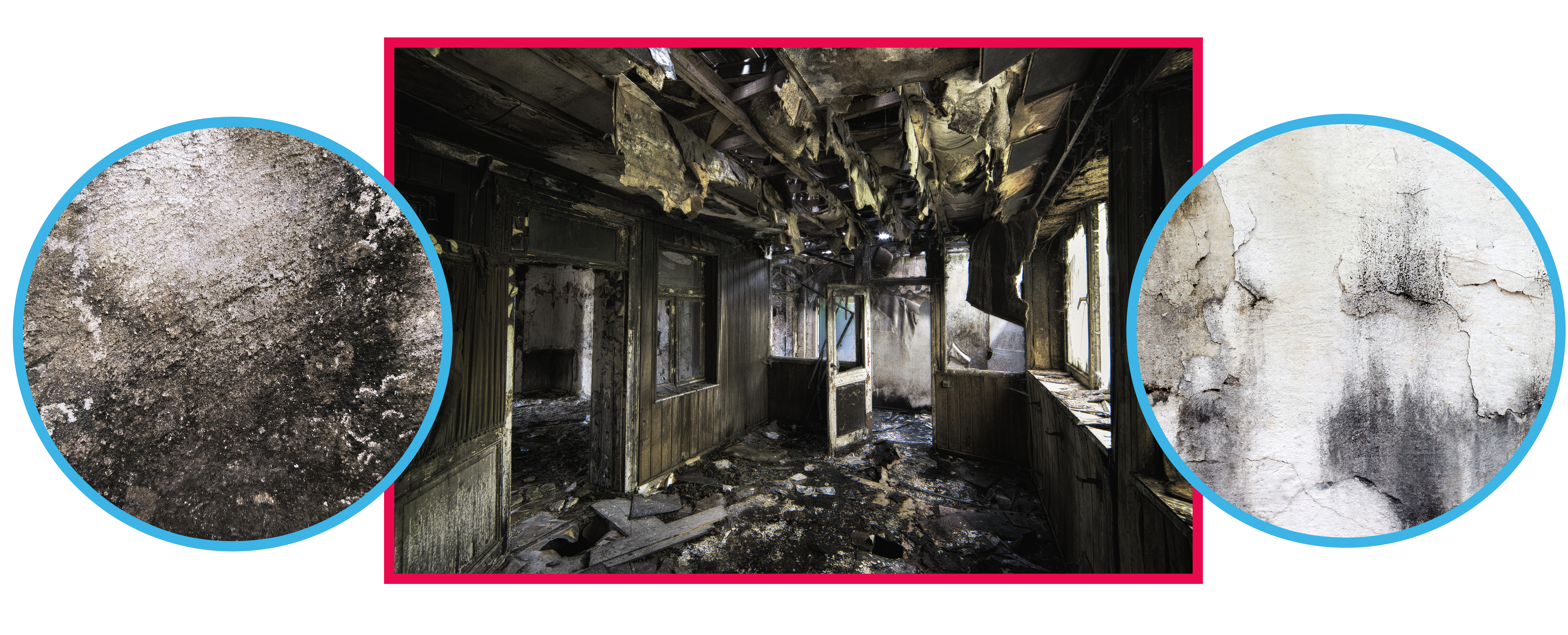
How Can Smoke Damage Your Home?
Well, as smoke and its byproducts accumulate, they begin to deteriorate the surfaces they touch. Common smoke-related harm includes the following:
Decay: Soot and ash possess acidic qualities. As a result, smoke residue reacts with various chemicals and materials typically found in the home, causing corrosion that worsens over time. Soot can strip away finishes on wooden furniture and induce rust and pitting on metal objects.
Lingering Smells: One of the most noticeable forms of smoke damage is the smell. Smoke leaves behind a strong, unpleasant scent that penetrates deep into porous materials. This odor clings to fabric fibers, including those in clothing, upholstery, and bedding.
Discoloration: As soot and ash settle, they start to stain the surfaces they come in contact with. Many homes that have experienced recent fires will have stained floors, yellowed wallpaper, and tarnished appliances. In some cases, corrosive ash can even burn through flammable materials like wallpaper and upholstery, leaving marks similar to actual flames.
So, what should you do if your home experiences smoke damage?
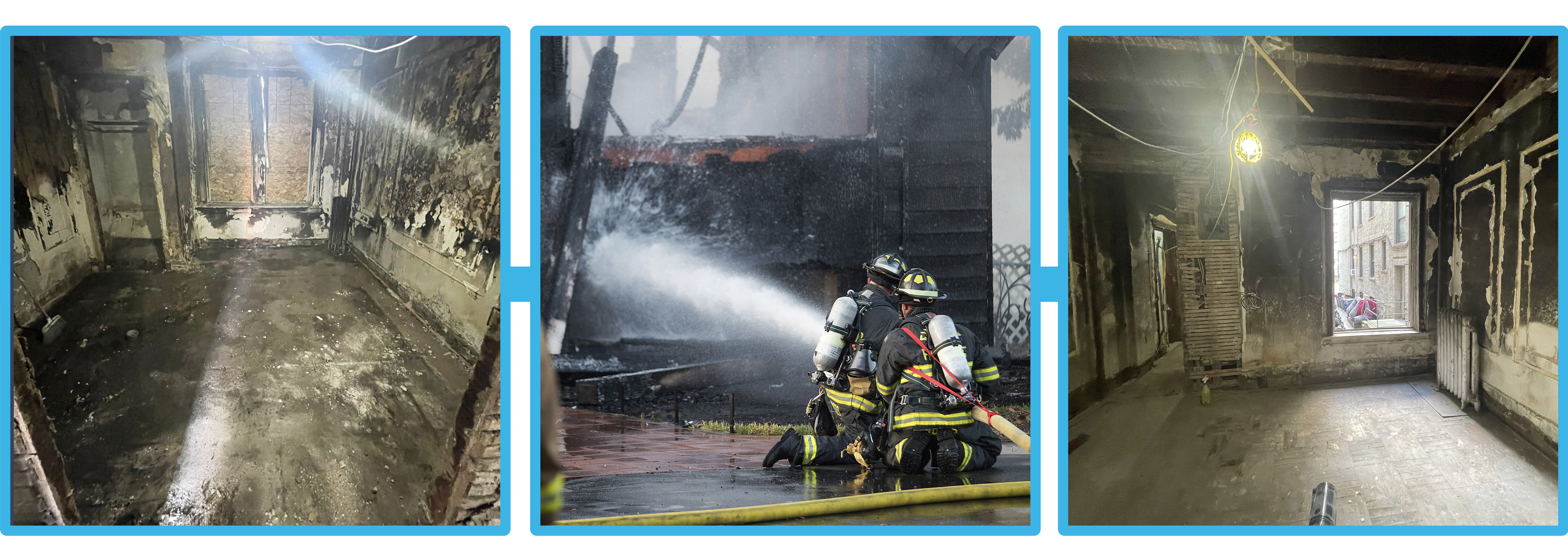
Here are 5 things to do after experiencing smoke damage:
Ensure Safety: Evacuate the area if the smoke damage is severe or if there are ongoing fire hazards. Ensure the property is safe to enter before taking further action.
Ventilate the Area: Open windows and doors to allow fresh air to circulate and help clear out smoke odors. Use fans if possible to improve airflow.
Document the Damage: Take photos and videos of all affected areas and items for insurance purposes. Keep a detailed inventory of damaged items.
Contact Your Fire Department: If the smoke damage is significant or if you suspect there may still be fire risks, contact your local fire department to ensure that the property is safe and there are no lingering hazards.
Contact Professionals: Reach out to a fire damage restoration service, such as TRI, to properly assess and clean up the smoke damage. Make sure to call TRI before your insurance company for a complimentary inspection and evaluation of the damage.

